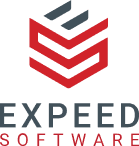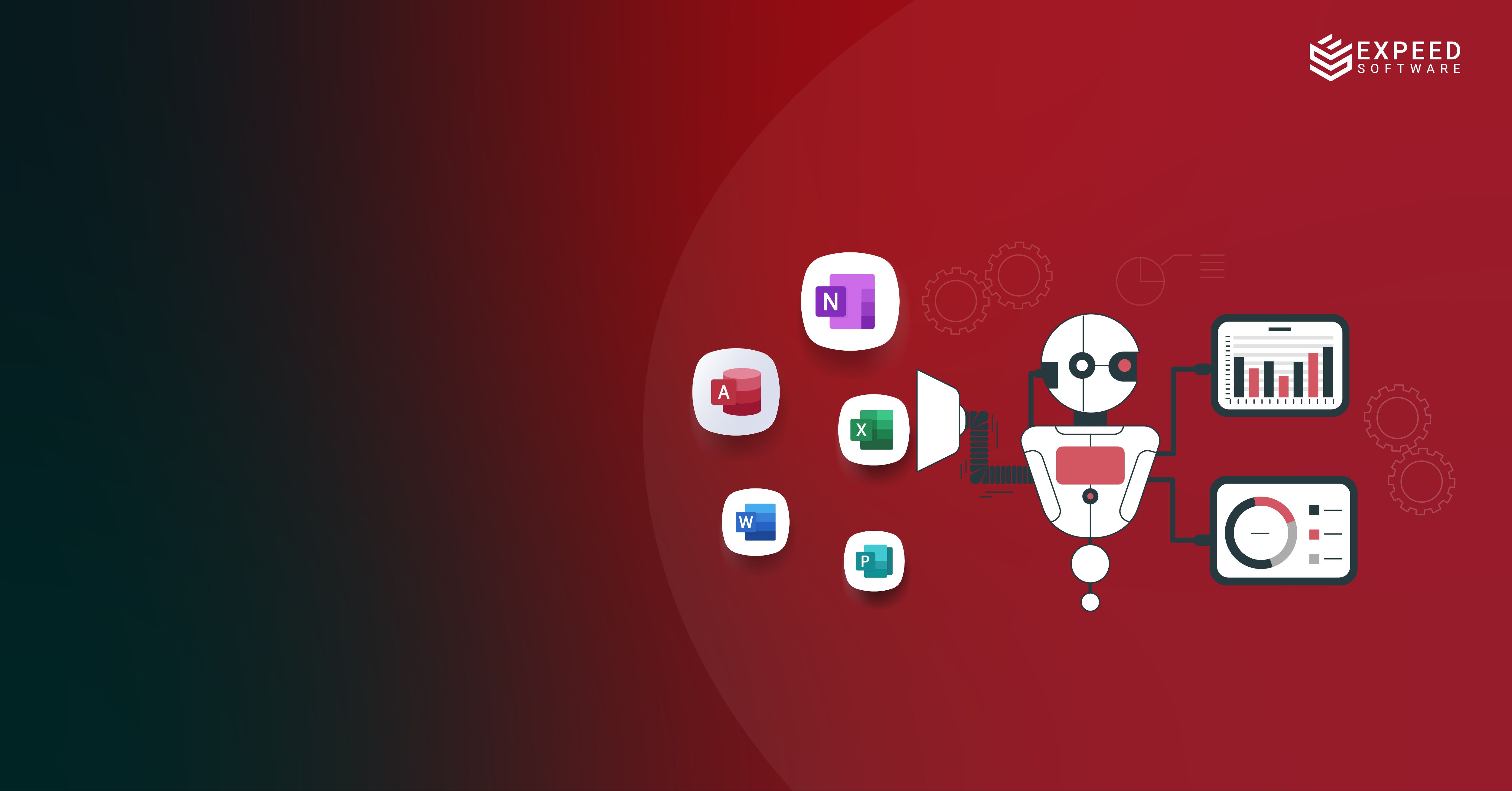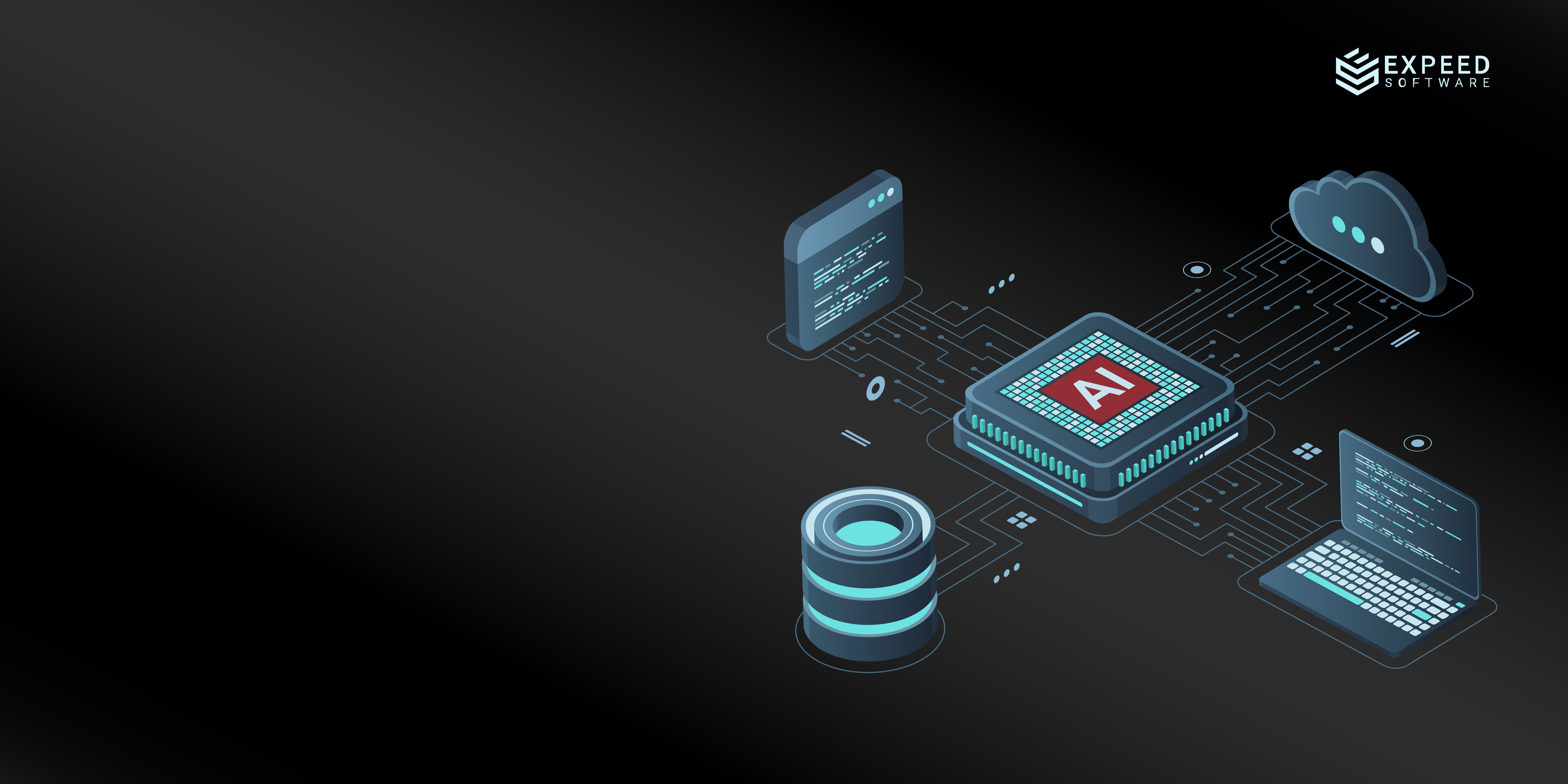As single-tenant models are seen taking a backseat in the digital world ruled by SaaS-based solutions, the importance and effectiveness of multi-tenant architectures are on the rise. When it comes to SaaS-based applications, isolating customer logic is a key factor that ensures their operational dynamics, security, and cost efficiency. To achieve that, it is essential to make an informed decision regarding choosing a befitting architectural approach that could ensure multi-tenancy. Such an architecture will directly influence the application in various aspects of functionality.
Multiple metrics should be considered before deciding the structure of a SaaS solution. An uninformed decision will adversely affect the application’s performance, which will result in a bad customer experience, thereby causing customer churn. Scroll down to explore various architectural approaches and how they benefit SaaS platforms in terms of scalability, efficiency, security, cost-efficiency, and more.
Single-tenant architecture
As the name implies, a single-tenant architecture exclusively sets up an environment for each customer. This is done by providing an isolated application instance for each user, thereby ensuring maximum operational security and modularity. As each customer’s or tenant’s resources will be completely independent from each other’s, data segregation is also ensured in this model. Due to the dedicated nature of instances allocated to each tenant in a system, a high degree of customization and personalization is also assured.
Such an architecture, therefore, aligns best with a tenant’s business requirements. However, one of the major drawbacks of this model, compared to the multi-tenant alternative, is the cost implications of installing and maintaining them. This increase in cost is due to the personalized requirements of clients, such as separate infrastructure, including hardware and maintenance charges.
Multi-tenant architecture
Unlike single-tenant architecture, multi-tenant architecture has emerged as a cornerstone technology when it comes to modern cloud-based services and SaaS applications. As the name implies, its ability to efficiently serve multiple customers through a single software instance is what makes multi-tenant architecture popular. This approach also ensures the same level of privacy and security offered by a single-tenant architecture.
To best understand this model, equate the multi-tenant architecture with an apartment building. Though there is only one building, the utilities and features are divided as separate apartment spaces in the building for its tenets, ensuring privacy and personalization. Such an architecture results in a significant reduction in overall cost when it comes to implementation and management while still ensuring tailored provision of services to each tenant.
Both multi-tenant and single-tenant architectures have their own benefits and considerations, depending on the nature of businesses and customer interactions in the SaaS application. One should be careful while making their choice between these two models, as it will directly affect their business performance.
Following are some of the best practices:
Best Practices for Identifying the Tenant
1. Subdomain or Custom URL Approach
Directing tenants to their respective environments by routing them with the help of a URL is termed the custom URL approach. It is one of the tenant-identifying practices used in multi-tenant architectures to ensure a personalized experience. As a distinct URL will be assigned to each tenant, branding becomes simpler, along with better data security.
However, assigning custom domains to the user interface might cause issues due to an SSL certificate alignment mismatch. If the SSL certificate doesn’t match the custom domain, security issues could arise, disrupting brand consistency. Fortunately, solutions like BrandSSL and Cloudflare are available to address such challenges effectively. With the help of such solutions, it can be ensured that the custom domains are securely and promptly branded, delivering a seamless customer experience.
2. Directory-Based Identification
This tenant identification method checks URL paths or directories to identify tenants. In the former approach, we discussed how distinct URLs are provided to tenants. Unlike that, here each tenant will access their instances with separate paths but the same domain. Such an approach is effective when the application deals with a large client base, simplifying domain management.
3. Tenant Identification via API
For API-driven SaaS applications, tenants can be identified through API keys or tenant-specific headers. This approach is suited for back-end systems or B2B environments where end-user interaction is minimal.
Best Practices for Data Isolation
Data isolation is a critical aspect of multi-tenancy applications, ensuring that each tenant’s data remains private and inaccessible to others. The three main practices for achieving data isolation are using a single database, a database per tenant, and a hybrid approach. Here’s an elaboration on each:
1. Single Database
In the single database approach, all tenants share a common database, but their data is logically separated, typically using a tenant identifier (tenant_id). Each table that stores tenant-specific data includes this tenant_id, which is used to filter data so that queries return only the data belonging to the respective tenant. This model is efficient in terms of resource utilization as it consolidates data storage, backup, and maintenance. However, it requires rigorous design to ensure strict data isolation and prevent data leaks between tenants. Proper implementation of access controls and query filters is essential to maintaining data integrity and security.
2. Database/Schema Per Tenant
In this model, every tenant is provided with their own distinct database or a dedicated schema within a shared database, delivering unparalleled data isolation. This setup stores each tenant’s data separately, eliminating any possibility of data intermingling across tenants. It facilitates straightforward data security management through database-level access controls and allows for tailored optimization of each database to suit individual tenant needs, enhancing performance. However, the approach requires more resources for storage and ongoing maintenance, and it can introduce significant management complexities, particularly as the tenant count grows.
3. Hybrid Approach
As the name implies, the hybrid approach brings the best aspects of single schema and individual schema approaches under one roof. To define this approach in a simpler way, it could be said that most tenants are usually employed with a general schema, and only those with special requirements will get an individual schema for themselves. This schema allocation is done based on individual business or customer requirements. Tenants who can operate seamlessly with fewer requirements are provided with a unified database. The larger tenants, who handle a considerable amount of data and require strict security, are provisioned with a dedicated schema that ensures proper data isolation. Such an approach makes it a scalable solution for SaaS solutions to ensure cost efficiency, versatility and personalized delivery of services according to requirements.
All three of the above practices come with their own perks and shortcomings. Choosing the best from them solely depends on the nature of the business, client requirements, demand for security, data isolation and scalability factors. Striking the right balance between operational complexity and resource efficiency is the key to increasing the overall productivity of a business. Hence, while choosing a strategy, always be sure to keep your goals clear to get the most out of them.
Data Encryption
Irrespective of the chosen data isolation method, encrypting tenant data adds an extra layer of security. Encryption ensures that even if there are breaches or leaks, the data remains secure and unreadable without the proper decryption keys.
Best Practices for Security in Multi-Tenant Applications
1. Enhanced Access Controls
Ensuring strict and comprehensive access control is mandatory when it comes to multi-tenant architecture. The users should be provided access to only the specific client they are looking for. To ensure such a security feature in a multi-tenant framework, role-based access control (RBAC) is used.
RBAC makes sure that a tenant is provided access to only the specific resource they are looking for in a specific domain. This access control is set up by checking the client’s role and privileges. To outline this measurement, a user with admin privileges will have complete access to the system, while a normal user can have access to only specific resources.
Such an approach, by implementing RBAC, barricades the layers of the SaaS application, ensuring data security and avoiding data breaches.
2. Robust Tenant Identification
When there are multiple tenants accessing a system or service, security takes the front row. To make sure unauthorized access is prevented in an effective manner, robust tenant identification techniques are adapted. Methods like assigning a unique cryptographic key to identify each tenant while accessing a service or utilizing secure token services (STS) to issue and validate security tokens while attempting to access the application are adapted.
Such sophisticated security techniques make sure that the system is barricaded promptly from both internal and external attacks with strict access control. By leveraging strict security measures offered by trusted security services, the application enhances its security to a robust level.
3. Consistent Security Audits
When it comes to multi-tenant architecture, tight security measures alone can’t make the application a safe space. Continuous security audits, including strict penetration testing, must be promptly conducted to identify potential vulnerabilities. By conducting such timely checks and strengthening the security measures to overcome vulnerabilities, the application can stay secure over time, thereby gaining customer trust.
4. Comprehensive Data Breach Response
No matter how sophisticated the SaaS application is, it can still be subjected to multiple security attacks at regular intervals. To make sure the application, with a multi-tenant architecture, stays efficient even during such attacks, effective data breach responses should be implemented. In the event of any data breach, comprehensive measures should be adapted to isolate the breach and safeguard the rest of the system.
Transparency must be ensured in the event of a data breach. An effective tenant communication plan should be implemented to inform the affected clients about the breach, the measures they should follow to safeguard their data, and how you will handle the situation for them. Conducting regular drills and simulations to make the stakeholders well aware of the data breach response strategy can be implemented in a multi-tenant system. After all, the ultimate goal of implementing a data breach response strategy is to restore the system swiftly with minimal damage and impact on stakeholders.
The above-listed strategies collectively help to form a robust framework for a multi-tenant system. They will ensure the system is safe, protected and ready to be restored in case of any data breaches, safeguarding clients’s instances.
Additional Considerations
Performance and Resource Management: Effective resource management should be ensured in a multi-tenant architecture. Resources such as network bandwidth, storage space, computing power, etc. should be distributed to all clients in a system to make sure their requirements are met on demand. This will avoid the possibility of a single tenant utilizing most resources and will ensure fair access to resources for all tenants.
Tenant Customization: A customizable environment will always stay ahead in the race among potential customers. Hence, the option to customize the application to cater to the individual needs of tenants must be a priority while building multi-tenant SaaS platforms. From customizable UI to tailored configuration, individual preferences can be met with such solutions. A personalized experience can be delivered to each client by also letting them customize the workflow to meet their industry-specific requirements.
Scalable Architecture: Scalability is a commonly expected feature when it comes to SaaS applications. Multi-tenant SaaS platforms should house a scalable architecture not only to scale according to the increase in tenants but also to handle data overload, adjust computational power and ensure seamless transactional throughput.
Comprehensive Backup and Recovery: Effective strategies and measures to ensure the prompt backup and recovery of data should be ensured in multi-tenant architectures. Regular backups will help in emergency situations such as data breaches and attacks. Tenant-specific restoration can be performed on demand and at regular intervals to ensure system consistency.
Transparent Multitenancy: As multiple tenants will be making use of your architecture, they should be well aware of the functionality of the system. Informing them regarding the data flow and access control implemented in the system will help you gain their trust, as they depend on the services offered. By properly letting them know how reliability is ensured in the system, communication and understanding can be strengthened between the stakeholders.
Wrapping It Up
Utilizing a multi-tenant architecture in a SaaS product platform is something that demands meticulous planning, well-defined architectural design and robust security measures. Making sure to properly implement a neatly planned multi-tenant model will ensure that your application is efficient and productive in many ways. Adhering to the best practices in each section of a multi-tenant architecture will maximize operational efficiency as well as cost-effectiveness. Adhering to the strategies and measures enlisted in this blog will help IT professionals and developers to make sure that applications are fortified against attacks in the best possible way and to maintain the app regularly for performance consistency. As multiple customers are involved, the focus should be on maintaining data isolation, security, and scalability while meeting the individual requirements of the tenants and delivering a top-quality experience.
In this digital era where multi-tenant SaaS products are dominating the business world, Expeed Software stands out as one of the major competitors in the sector, delivering the best and most efficient solutions. With a long-standing history of crafting SaaS solutions and pleasing customers with the best delivery of services and support, Expeed is known for its commitment to excellence. If you are in search of a partner to build a multi-tenancy service and are crafting a solution with customers as the top priority, your search ends with Expeed. Best customer experiences being a part of our success stories, Expeed is dedicated to deliver you the best multi-tenant SaaS solutions adhering to all the organizational policies put forward, ensuring tailored and secure customer experiences.

Expeed Software is a global software company specializing in application development, data analytics, digital transformation services, and user experience solutions. As an organization, we have worked with some of the largest companies in the world, helping them build custom software products, automate processes, drive digital transformation, and become more data-driven enterprises. Our focus is on delivering products and solutions that enhance efficiency, reduce costs, and offer scalability.


